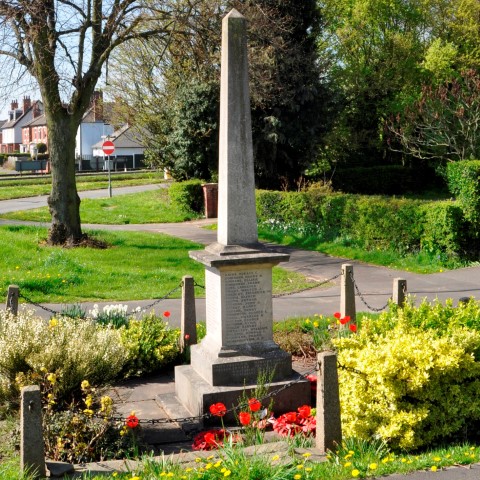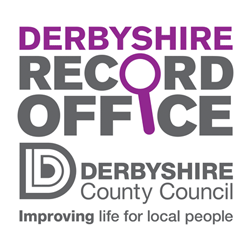What’s Soot? – Julian Hanby
There are always a few defining moments when you’re working on a Community Theatre project. Of course, there is the first meeting (“Will anyone turn up?”); there is the point of no return (“I’ve been saying its months away but now it’s next week!”); and of course there is the moment of applause, of ending, of hugs and of going on your way (“What are we going to do next?”)
But there are also other moments where you realise the importance of what you’re doing – a small observation, a simple turning point, a quiet but important success.
Community Theatre comes in all shapes and sizes. As the director of Number 17 – 100 Years of a Borrowash House I was looking forward very much to working with a group of energetic youngsters and to tackling a play the likes of which they probably had never experienced before. I knew we had quite a job before us, but I also knew that we were being well supported by the school. Our initial session came and went and Chrissie, who wrote the play, has described it in some detail elsewhere in this blog so suffice to say that we all had a good time. That was part of the process of getting to know the children, of seeing who fitted where in the script. There were sixty or so characters, and thirty-five performers. We ended up with a couple of helpers from another class.
Once the play had been cast and the scripts were printed off we all sat in a big circle and began to read it through. One of the technicalities of performing is that if you don’t clearly understand what you are reading you will never deliver it well. Doesn’t matter if it’s Shakespeare or Peppa Pig, if you don’t understand it, the audience will struggle to understand it. On that basis, I had told the children before we started that if there was anything that they didn’t understand they should put their hand up and either Chrissie or myself would explain.
We got to page twenty-two.
Now, Chrissie has put up some posts here about the play and what we got up to, but she has very modestly not mentioned the content of the piece, so I will explain here. Number 17 – 100 Years of a Borrowash House was exactly that – a real story about a real house, tirelessly researched. In the play, the house was a real live character, played by Dave Wood via a projector and a screen. We began with the house being built, and then we met each and every person that had lived in the house, from the beginning to the present day. One of those people was Chrissie herself, so one of the children was playing her, while another of the children was playing her boyfriend / fiancé / husband. Chrissie had portrayed herself and her husband in a less than flattering manner – they were the ones that pulled out all of the original features, much to the house’s disgust.
We’d got to the part in the script where Chrissie and Martin were tearing out the old fireplace:
MARTIN HALL: Careful, this mantlepiece is slate, it’ll kill us if it lands on us.
NUMBER 17: Don’t tempt me.
CHRISSIE HALL: I’m covered in soot.
NUMBER 17: Serves you right!
MARTIN HALL: Ouch, my finger, it’s bleeding.
A hand went up. “What’s soot?”
Myself, Chrissie and Dave all shot glances at each other, a little bit in disbelief. Chrissie explained what soot was. A couple of the children had open fireplaces and told us about chimneysweeps. We carried on reading. There were other questions, of course. But that one really stuck with me. This was a bright girl, with a good vocabulary and lots of common sense. But she, and the rest of her class, have only ever known the 21st century. Ask her what Minecraft is and she’ll have an answer for you. But many things, the knowledge of which we oldies take for granted, have never had a place in her life.
So, we rehearsed and we arranged costumes and we panicked a bit and we got all the fake beards and moustaches sorted out (I’m a firm believer in fake beards and moustaches.) The week of the performance came and things went very well, thanks to a lot of hard work from everyone involved, including the cast. The children wanted to do it all again. The adults mainly needed a sit down.
It’s very easy to judge projects such as this as based solely on the end product – the applause, the number of people who turn up, whether everyone remembered their lines. For me the process is the important thing, the learning, the camaraderie, the building of trust. It’s about understanding a community, a play like this one; it’s about making friends with the past. And so while it is obviously great that the play was received so well, the fact that a young girl in Borrowash now understands soot is – for me – just brilliant.
Julian Hanby
Julian’s web site can be found at: www.jhanby.com






One Response to What’s Soot? – Julian Hanby